Browse other blog categories
Australia's Weather by Region
Southeast Australia: February to May
The Southeast region of Australia has some of the country’s most well-known locations, including Sydney, Melbourne, Adelaide, and Brisbane. While this area is a treasure trove of world-famous wine regions, seriously gorgeous beaches, and adorable wildlife (hello Kangaroo Island!), there are also plenty of bustling hotspots (such as museums, art galleries, and trendy restaurants) to explore.
Your best bet is to head to this region from February through May, as the major cities are less crowded. Around this time, the temperature is a little bit colder than usual but tends to stick around the comfortable upper 65-70 Fahrenheit (~20 °C).
Can't decide between which South-east Australian city to visit? Check out our blog Sydney or Melbourne to see which city is the right destination for you!
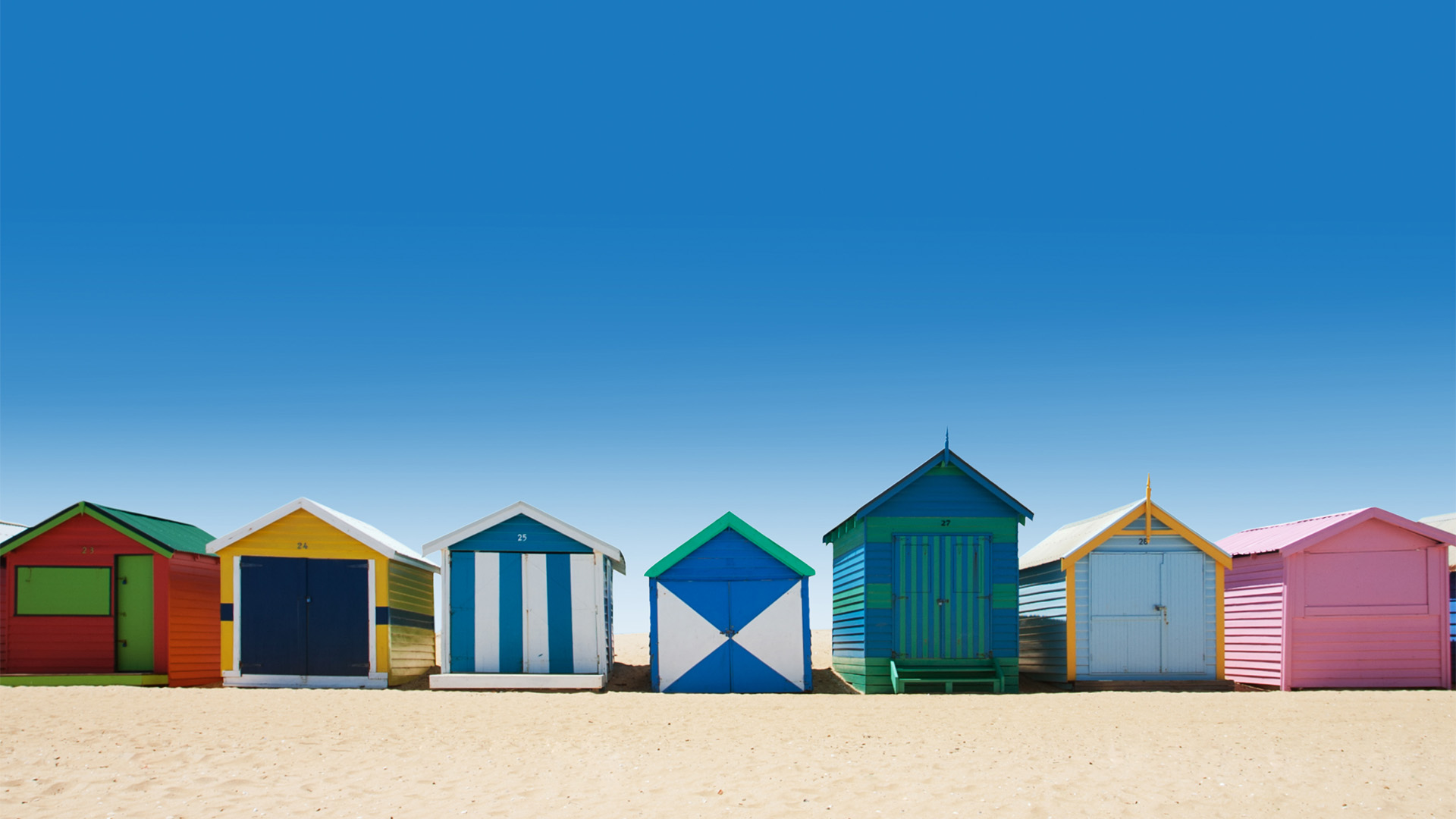
Northeast Queensland: June to October
Many people flock to the Northeast region of Australia for one reason alone: the Great Barrier Reef, a jaw-droppingly beautiful stretch of colourful corals and kaleidoscopic fish that make up one of the Seven Natural Wonders of the World. Encompassing some of the best snorkelling and diving on Earth, it comes as no surprise that this protected marine reserve tops the bucket lists of most Australian-bound travellers.
The pretty tourist town of Cairns is considered the gateway to the Reef, however if you fancy giving your sea legs a break for the day, then head north to explore the lush Daintree Rainforest. This place is bursting with verdant plant life and exotic animals. Further south you’ll find the pristine Whitsunday Islands, pure heaven for both sailors and sun-worshippers alike.
Given the North East’s tropical climate, there are lots of options throughout the year when tourists can get the most out of their visit. Those travelling between June to October will enjoy temperatures ranging between 60-80 Fahrenheit (~20 – 30°C) with little to no rainfall, creating the perfect conditions for a self-drive holiday along the Barrier Reef. The Northeast is in wet season between November to April, when the region is most likely to experience unpredictable weather including rainfalls with a chance of a monsoon/cyclone. On rare occasions the weather condition could lead to some road closures, but generally, tours continue to run all year round and throughout the wet season.
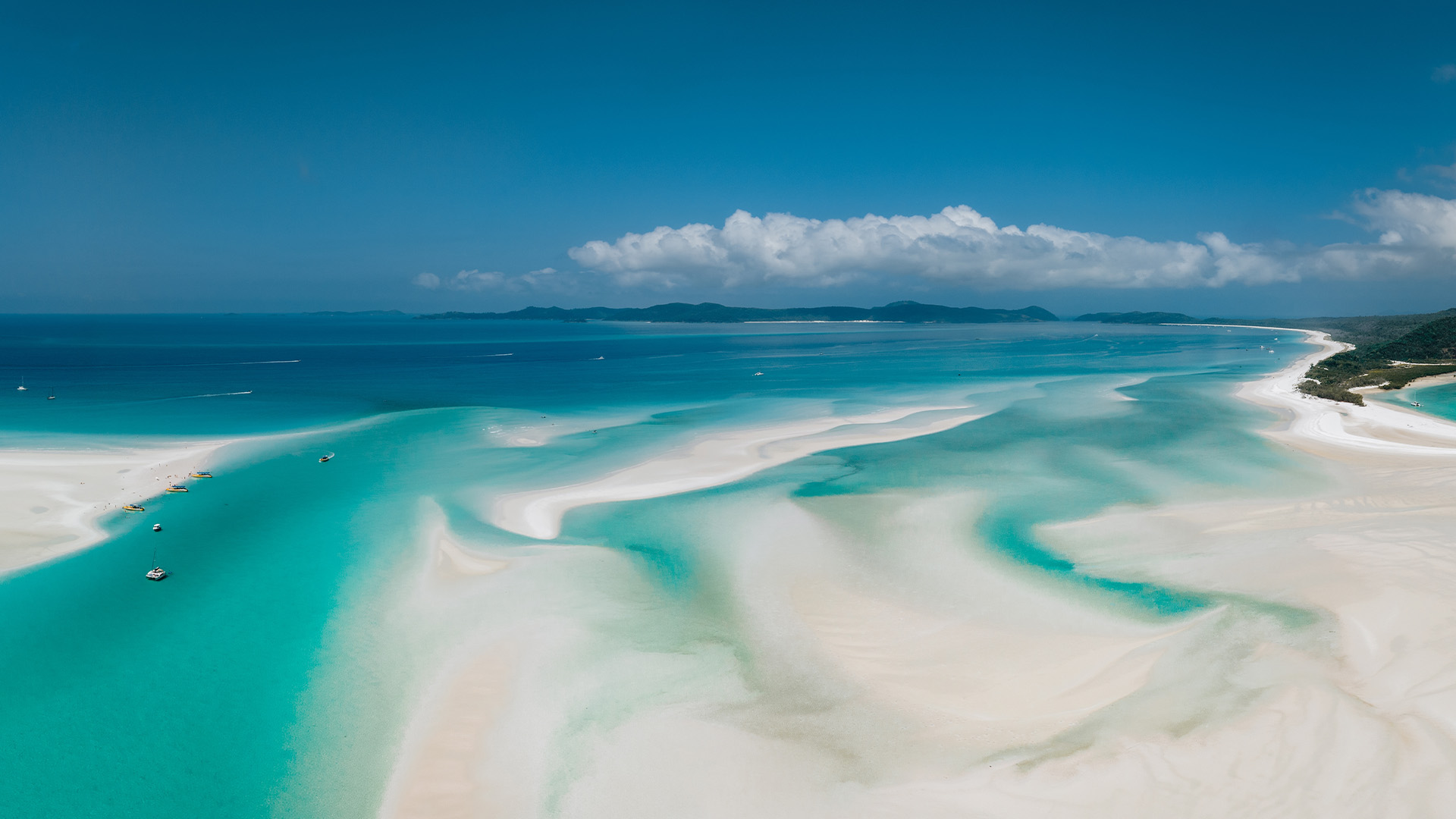
Red Centre: May to September
Interested in heading to the Outback? If you have an adventurous spirit, you will love Australia’s Red Centre region. There are numerous hiking opportunities available through Kings Canyon and Uluru-Kata Tjuta National Park, allowing nature lovers to fully embrace the rugged beauty of Australia’s wilderness. This area has particularly cultural and spiritual importance to the Aboriginal people. Visitors to the park can choose to immerse themselves in the fascinating history of one of the world’s most successful and peaceful hunter-gatherer societies.
Wondering when to visit the Red Centre area? Consider May through September as your target months; the weather will be cooler and this softer climate is essential when visiting here, since most activities require spending time under Australia’s infamously harsh sun. The dip in temperature during this time allows travellers to comfortably explore ancient rock formations and marvel at the iconic sunrises and sunsets over Uluru (Ayers Rock) without fear of burning out…or up!
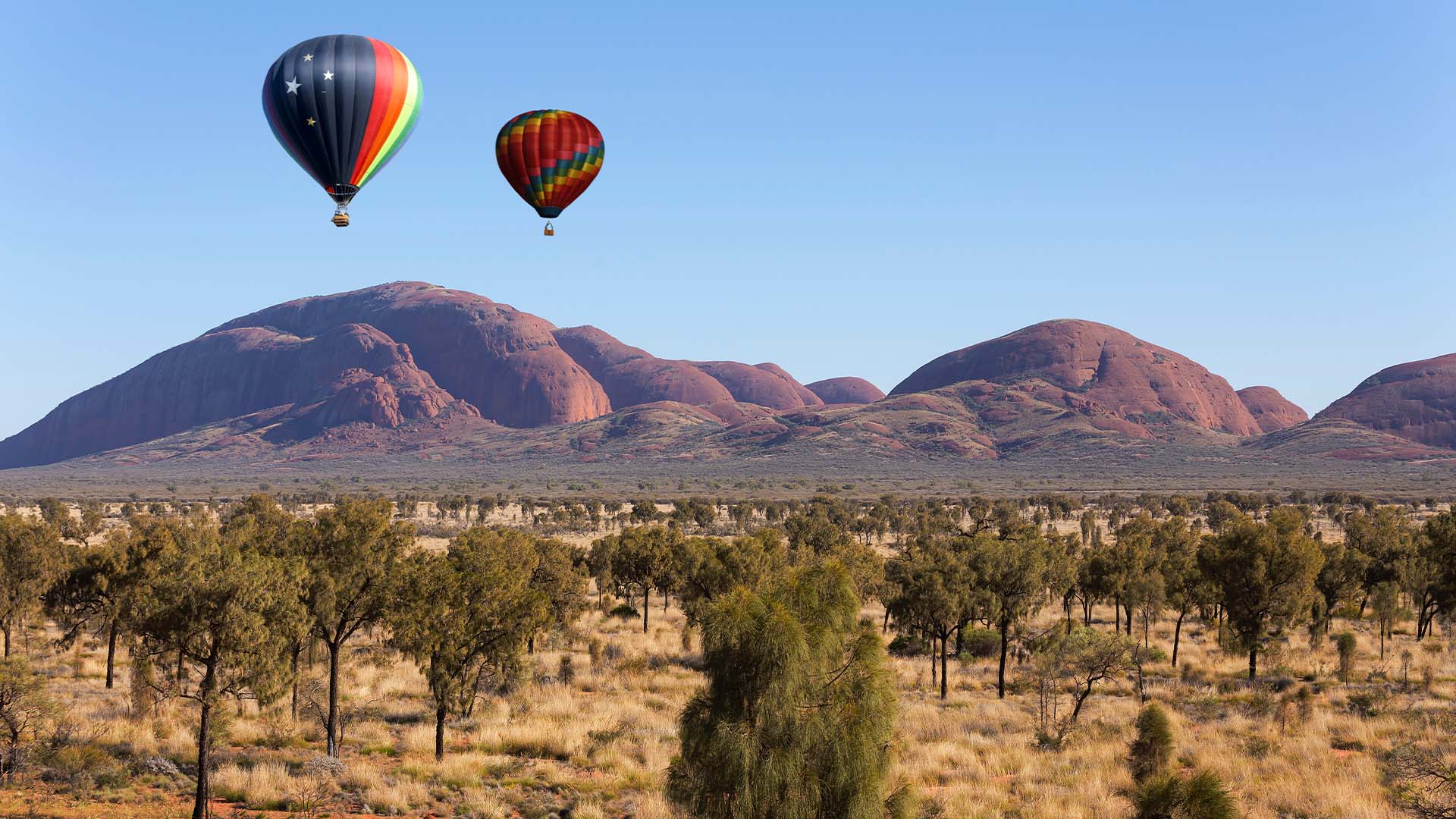
The North (Darwin, Kakadu): June to September
The Northern region of Australia is ideal for anyone looking to immerse themselves in the great outdoors. Whether discovering 50,000-year-old rock art in Kakadu National Park, diving under the refreshing waterfalls of Litchfield or taking a guided cruise through Yellow Water Billabong, the deep history and vast, unspoiled wilderness of this land is guaranteed to leave an imprint. Most tourists use the capital city of Darwin to embark on their northern adventure.
June through September is a perfect time to travel north, as this is when you are most likely to experience comfortable temperatures with low humidity and a little chance of rainfall – ideal conditions for spending time under the sun. Experts also recommend September as the key time to visit if you are interested in bird watching, as this is when you’re most likely to spot some of Australia’s most impressive, winged wildlife. Like the Northeast, this region experiences wet seasons from November through to April and the weather can be unpredictable during these months.
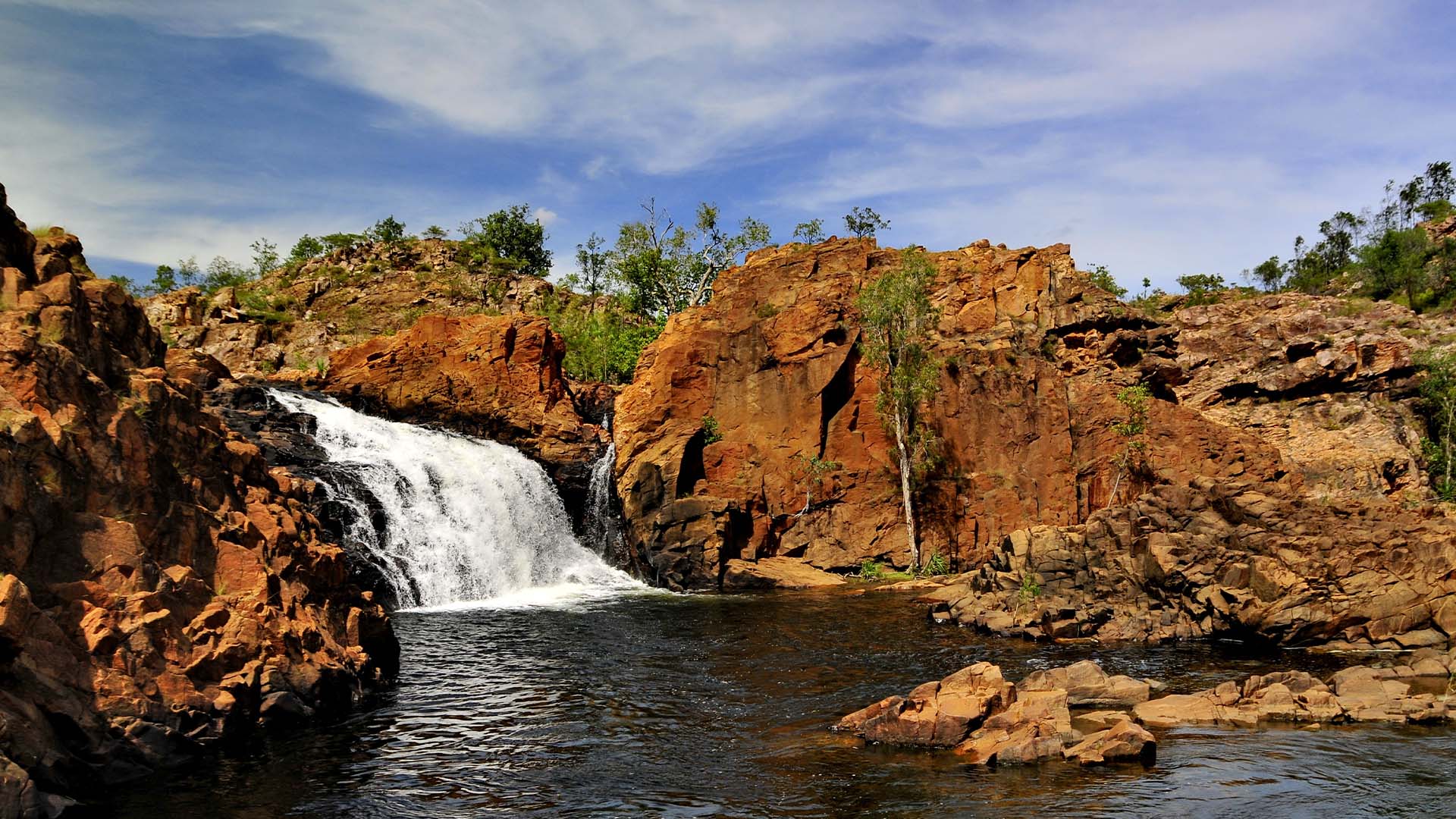
The West (Western Australia): March – September
Australia’s west coast is full of hidden treasures, so it is hard to know where to start the trip. Whether you’re into whale watching in Albany, snorkelling along the Ningaloo reef at Coral Bay and Exmouth, sipping wines in Margaret River or hunting for bargains in the port of Fremantle – the West has it all. Did we mention hiking Kalbarri Gorge and snapping a selfie at Nature’s Window, traversing the treetop walks in The Valley of Giants, playing a game of hide and seek through the curious limestone pillars of the Pinnacles or feeding the friendly pod of dolphins in Monkey Mia? And we are just scratching the surface…
Perth is this region’s capital city and is the best starting point to explore the South. The popular tourist town of Broome in the North acts as a relaxed gateway to the Kimberley region and Karijini National Park.
This activity-rich area is the most tourist-friendly during the months of March, April and May, when the days are typically sunny with no rain. The summer months of December to February could become uncomfortably hot. June – August brings a colder climate to the South with a higher chance of rain but remains comfortable further north. If you want to catch the spectacular colours of the West’s wildflower season, then plan your visit around September – October.
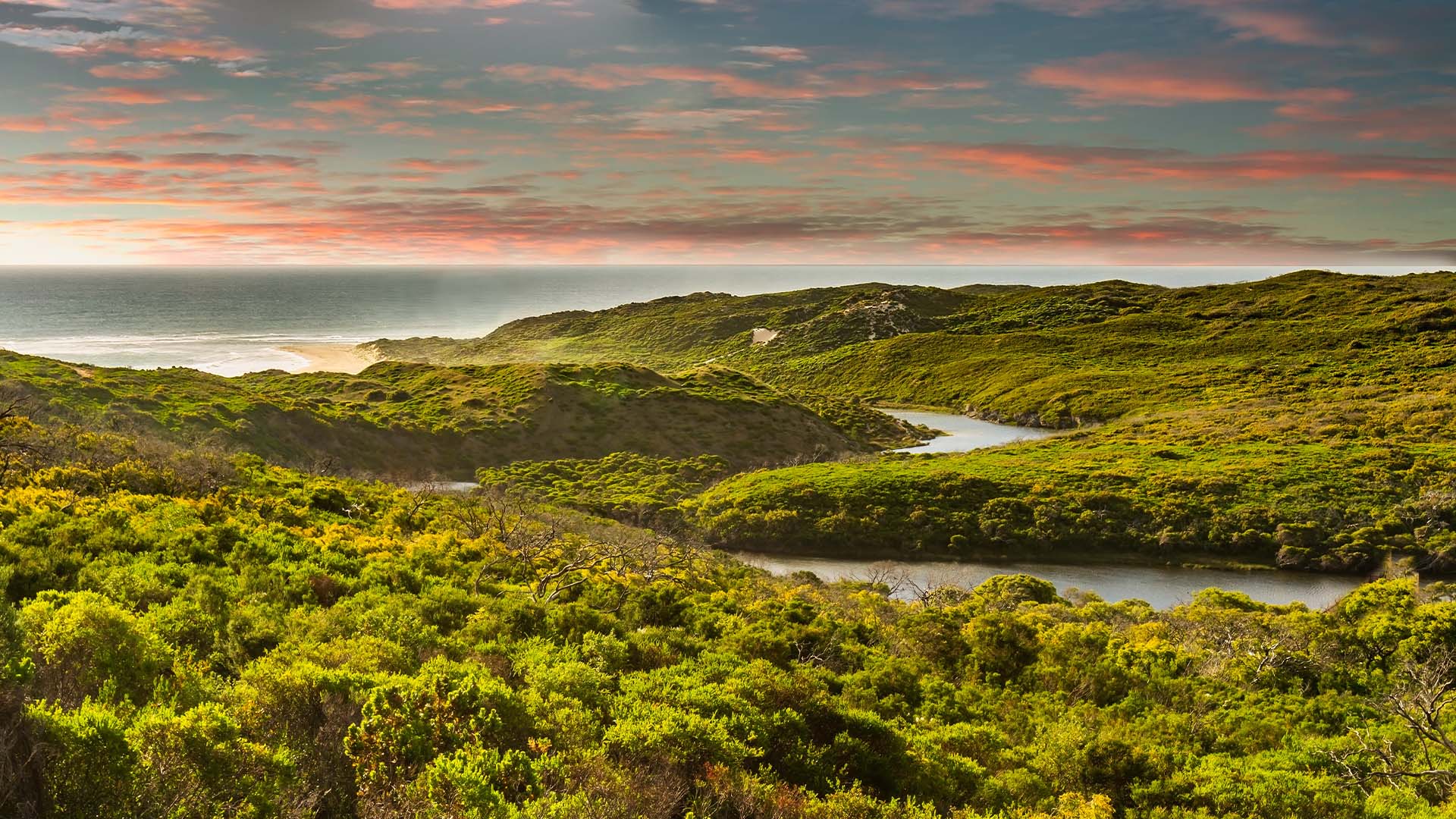
Tasmania: November to March
Tasmania might seem like a remote part of the world, but this little island is quickly becoming one of the most popular parts of Australia to explore, given its world-class galleries, breathtaking scenery and burgeoning foodie scene. Discover what makes Tasmania such a truly unique destination by hiking around Cradle Mountain in Lake St. Clair National Park, taking in the views of Wineglass Bay from the Lookout in Freycinet National Park or learning about the infamous, historical penal colony of Port Arthur.
Tasmanian locals recommend travelling January through March, as this is when you’ll find the best temperatures (a warning: December and January can get extremely busy, so if you’d like to visit during this time, make sure to book well ahead to avoid disappointment). Hikers will still find some opportune conditions – and lower costs – during late spring (October and November) or early autumn (March and April). If you don’t mind the snow, June, July, and August will offer cheaper accommodation and airfare prices.
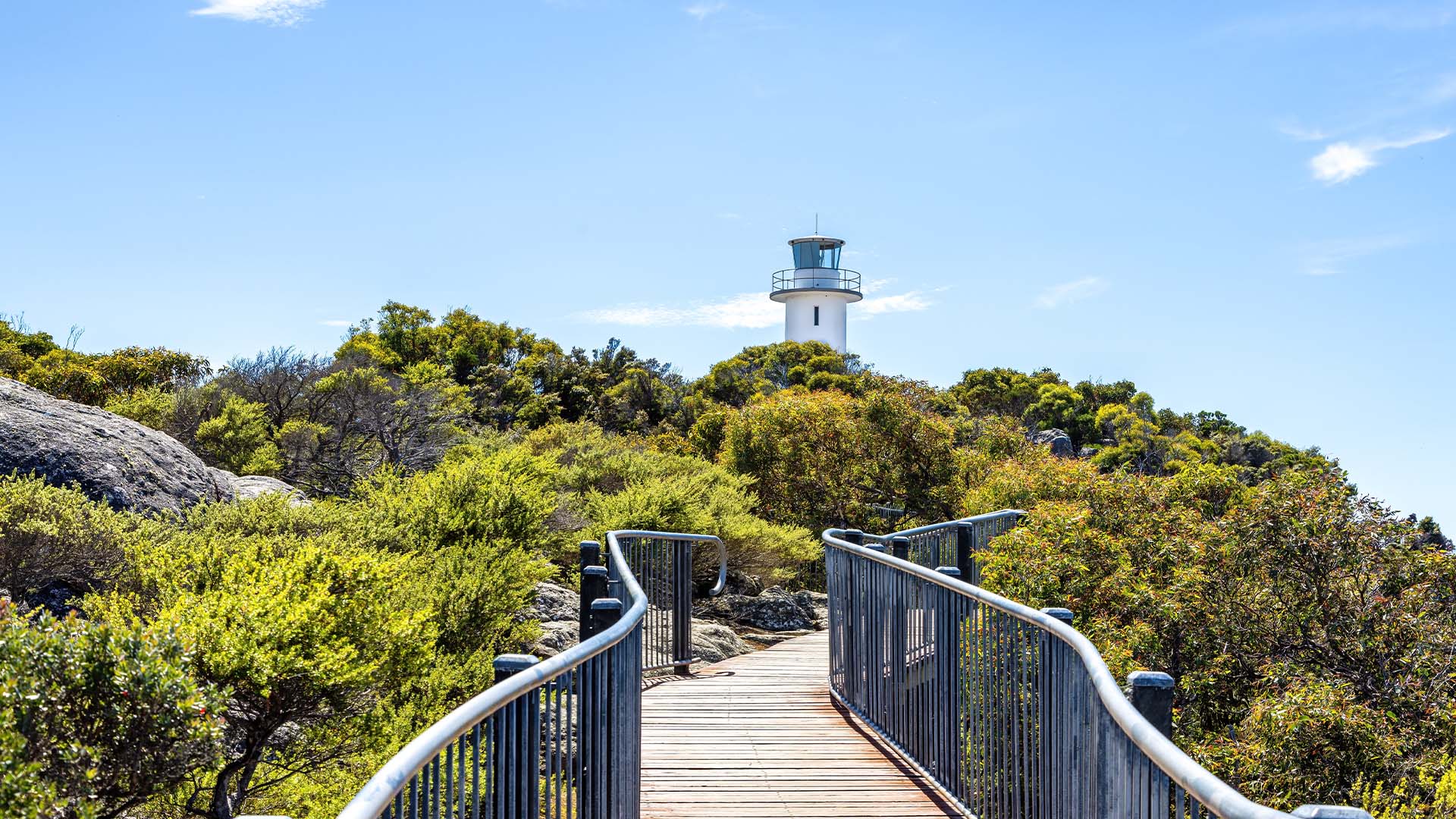
Year Round Weather
As you can see, there’s no bad time to visit Australia. With a wide variety of activities and sights to see, you’ll always find something to do, no matter the time of year. Just make sure to plan around the weather in Australia with regards to your desired destination and remember to pack accordingly!
Interested in booking a holiday to Australia? Chat with our team of Aussie Travel Specialists today to see how we can help make your next holiday even better! Want some holiday ideas? Check out our Australian Travel Guide to get some inspo for your next getaway.
Categories:
- Articles of Interest
- Essential Info
Published on: 17 Feb 2023, Written by: Maddy Burley